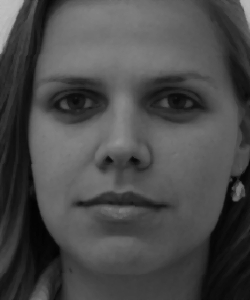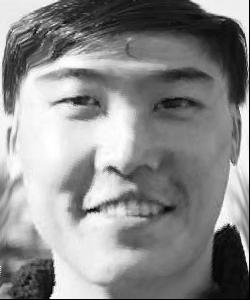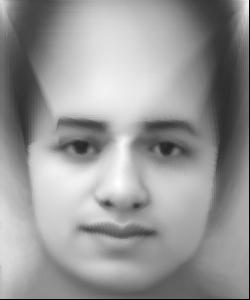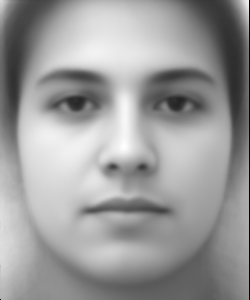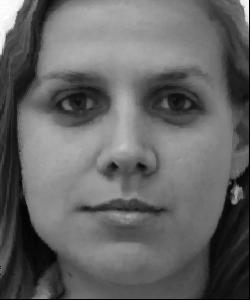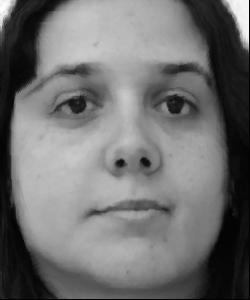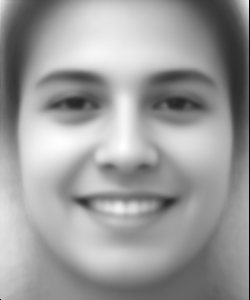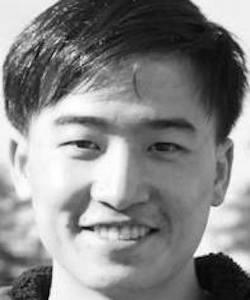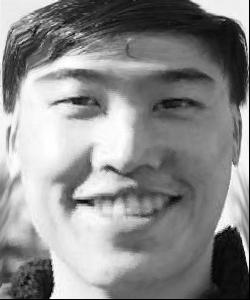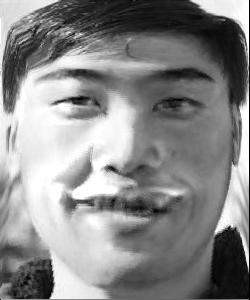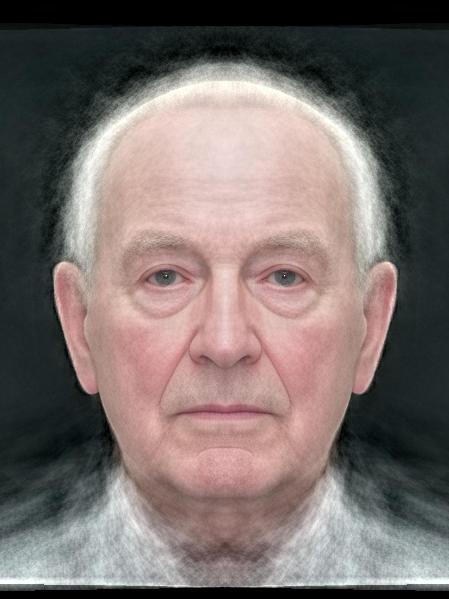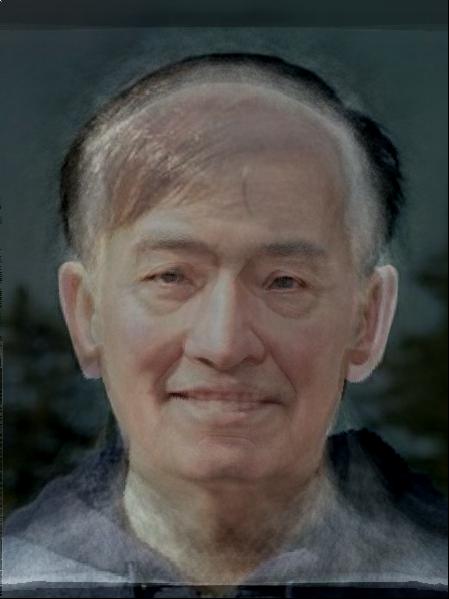CS194-26 Assignment 3
Face Morphing
Midway Faces and Face Morphing Mean Faces and Extrapolation Bells and Whistles
Part 1: Midway Faces and Face Morphing
Midway Face
Using corresponding points, a barycentric transformation was performed. For each triangle, all pixels were normalized by subtracting one of the vertices. Then, the inverse transform was done to find the barycentric coordinate components of the two edges for each pixel position. These barycentric coordinates are directly transferrable to the corresponding triangle in the second image, and are converted by simply adding the two corresponding components plus the offset of the corresponding "origin" vertex. Linear interpolation was used to determine both the intermediate triangle and the corresponding cross-fading. Nearest neighbor sampling was used for
Face Morphing
Interpolation was extended to include multiple intermediate stages of crossfade and transformation.
Mean Faces and Extrapolation
Mean Face
To calculate the mean face, the average point positions were calculated from all photos. All photos were then morphed to the mean geometry, and then averaged the pixel value.
Extrapolation
Here, a reference image is assumed to be similar to the mean - in this case, a smiling student matched to the smiling mean of the FEI dataset. The student is morphed to the non-smiling face mean shape-wise, and then has the difference in color added to it. Finally, the face is transformed back to its own dimensions.
Bells and Whistles
Ageisms - Using Face Research face averages (a little whiter than the example student face, but oh well).




